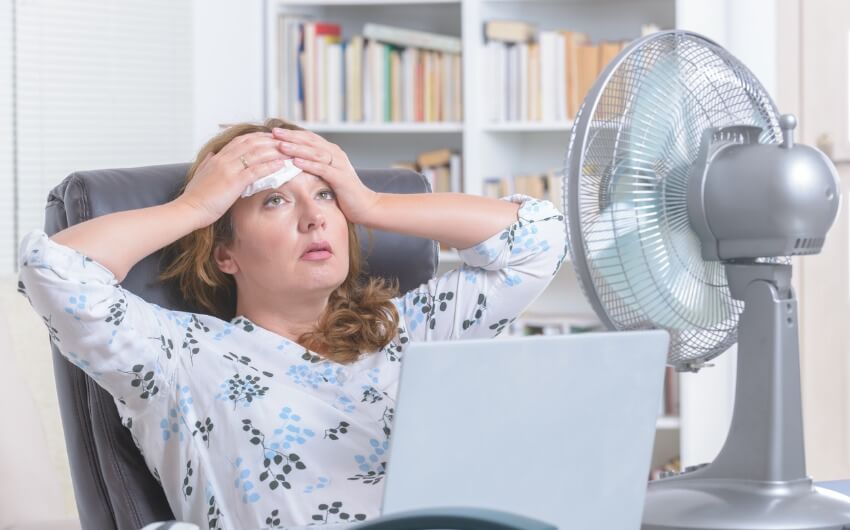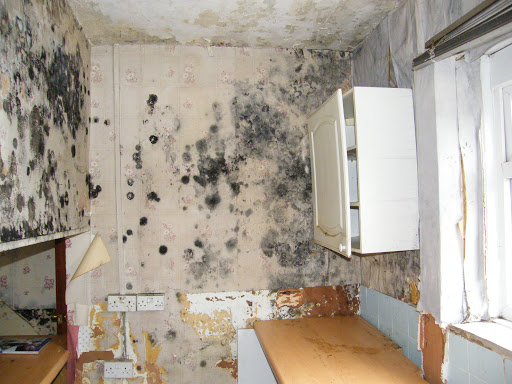Ah, the joys of a cozy home during the chilly months – central heating and hot water systems keeping us snug as a bug. But wait! Are we inadvertently driving up our energy bills with thermostat blunders?
The latest research reveals that many of us are unknowingly making costly mistakes when it comes to controlling our heating. Fear not, for we have the solution to keep you warm without burning a hole in your pocket.
Join us as we uncover the most common thermostat mishaps and how to sidestep them with ease. From setting the right temperature sweet spot to embracing smart solutions, it’s time to master the art of energy-efficient heating. Embrace winter’s chill without a financial frostbite!
Mistake 1: Setting the Wrong Temperature
The key to feeling comfortable at home is setting the correct temperature on your thermostat. Many people tend to overheat their homes.
Not only does this cause restless and stuffy nights, but it also wastes energy and costs us more on our bills. Unlike central heating systems fitted with smart TRVs, basic central heating systems do not allow controlling of the temperature in individual rooms. In many homes across the UK the thermostat is placed in a single location, making it far more difficult to balance the temperatures of your home.
If this sounds like the case in your home then a simple tip will help. Turn on your heating and then turn the radiator valve of the room you are in to a comfortable level. Then, set all of the other radiator valves to one level below. If there are rooms in your home that are seldom or never used, close the doors to them and set the radiators to the lowest level.
What’s the Ideal Temperature for my home?
While everyone’s comfort level is entirely subjective, the Cold Weather Plan for the UK suggest maintaining a minimum temperature of 18°C throughout winter. However, this is very brief advice, and there are several factors that can determine the ideal temperature for your home.

Mistake 2: Cranking up the Thermostat
Imagine this. You’ve just come home to a cold house on a very cold day in winter. For many people, it would seem logical to turn up their thermostat. However this will not make you feel warmer or more comfortable any quicker. People often think that the thermostat controls how quickly your house heats up, but this is simply not the case. All a conventional thermostat does is set a final temperature. To help get your head around this, it’s best to consider a thermostat as a temperature limiter.
A thermostat allows the central heating system to be fully on until a target temperature is reached. At this point the heating will turn off and the house will slowly begin to cool down again. Therefore if you crank up your thermostat to a higher level, it will simply allow your home to overheat. This will not only make your home uncomfortably warm, but it will also waste a significant amount of energy. This in turn will cost you more money on your heating bills.
Mistake 3: Keeping the Heating on Constantly
In order to increase the energy efficiency of your home, the best thing to do is lower the temperature when you’re not at home. The amount of heat loss in your home depends on the difference in temperature between your home and the outside world. In a nutshell, the colder it is outside, the more heat you will lose. Simultaneously, the warmer it is inside, the more heat you will lose. It’s therefore vital to reduce heat loss wherever possible. So if you’re not at home, turn the heating to a lower setting. The less heat you lose, the less energy you will use in order to maintain a comfortable heating level in your home.
Most people turn the thermostat up when they come home to a cold house, which can cause the house to overheat and therefore waste energy. The way around this is to fit a programmable thermostat. These will ensure that you come home to warm rooms that have been heated efficiently while you were away.
Mistake 4: Turning the heating off completely
Many people make the mistake of turning their heating off completely when they leave the house. While this makes sense to save energy, it can cause a while host of other problems. By turning your heating off completely during the colder months you put your home at risk of damp, mould growth and even burst pipes. In order to prevent these complications during the coldest months, it’s a good idea to have a setback temperature. This is the lowest temperature that you will allow your home to go.
By setting a setback temperature it will still mean that your heating is off when you aren’t at home. If you set this correctly for your home, the heating will be off while you are away, but the temperature won’t drop too drastically should you be out of your home for longer than expected.

What’s the right Setback Temperature for my Home?
All homes are different, so finding the optimum setback temperature for your home will be a case of trial and error. A good starting point is 16°C. It takes the average UK home an hour to heat from 16°C to 21°C, so adjust your heating program accordingly. One way to remove this hassle is to install a smart thermostat. A smart thermostat will automatically calculate the best temperature to set while you are away. This means you can efficiently set it to warm up your rooms in time for when you return home.
Mistake 5: Installing a thermostat in an Area of Extreme Temperature
Thermostats have a built in sensor that measures the ambient temperature in the room in which they have been placed. These readings are key when it comes to setting the setback temperature within your home. Therefore if you install your thermostat in a very cold or an overly warm room, it will adjust the central heating system to reflect this room and not the average room in your home.
A thermostat should be installed in a good location within your home in order to be the most effective. As a guide, a good place to install a thermostat is:
- On an interior wall
- 5ft from the floor
- Not too close to windows
- Away from direct sunlight
- Away from heat sources such as radiators, lamps and ovens
Having sufficient levels of insulation within your home should prevent it from having cols spots, which means that you are less likely to put your thermostat in a location that will cause it to inaccurately heat up your home.
Frequently Asked Questions
It is more energy efficient to keep your home temperature as low as possible while you’re out. However, it’s important to maintain a minimum temperature in order to prevent other issues, such as damp, mould and burst pipes.
A thermostat should be placed in a room that isn’t warmer or colder than the rest of your home. A good location is on an interior wall, around 5ft high and away from other sources of heat and drafts.
This will vary from home to home, but it’s recommended to start at 16°C and work from there.

One reply on “5 Common Thermostat Mistakes”
[…] thermostat. These clever little devices are able to control your hot water and central heating in a much more efficient way than conventional thermostats. There are a number of different smart thermostats out there, all […]